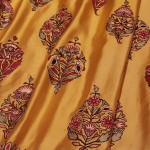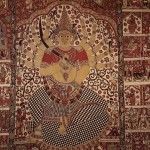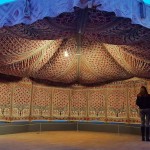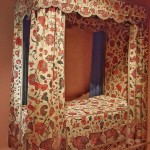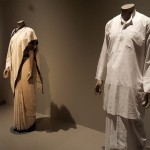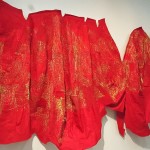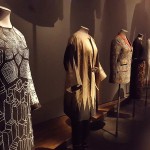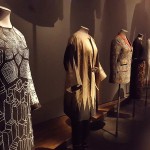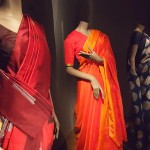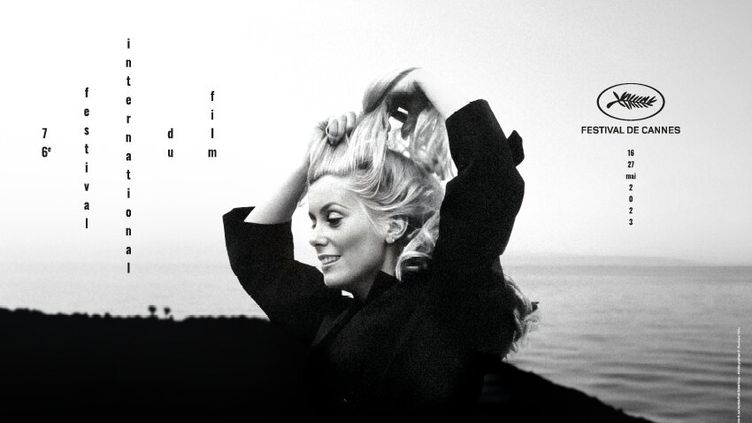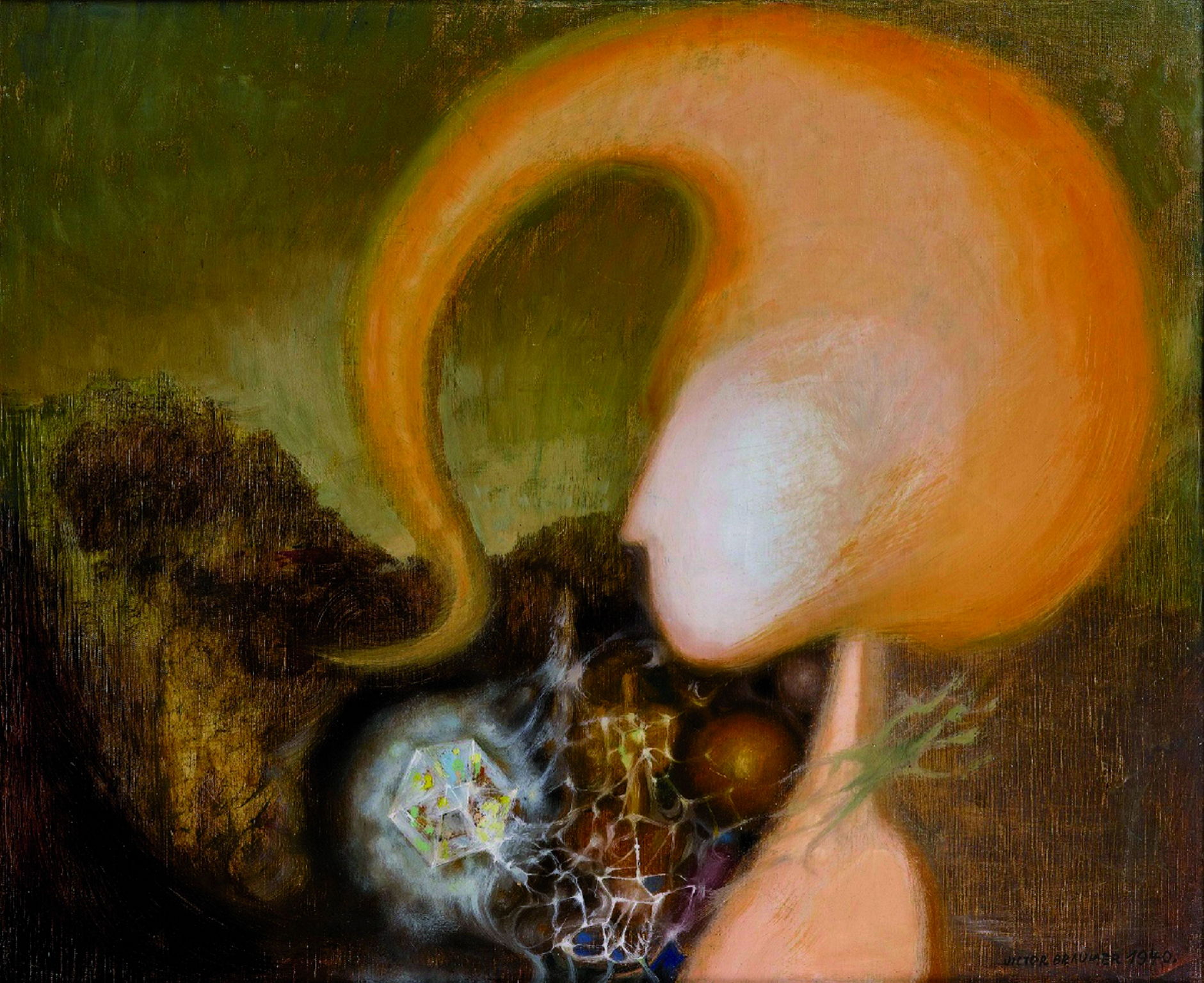![[London ] The Fabric of India at the Victoria & Albert Museum](https://toutelaculture.com/wp-content/uploads/2015/10/fabric-of-india-cover-916x412.png)
[London ] The Fabric of India at the Victoria & Albert Museum
In this new exhibition the Victoria & Albert Museum not only reveals the history and beauty of Indian textiles but also their key political role in the continent’s relationship with Britain. From 3rd century cloth fragments to the contemporary catwalk, The Fabric of India makes clear that the artisanship of Indian designers has been in constant demand all over the world, down the millennia.
[rating=4]
To read the french translation of this article, click here.
The curators wisely don’t show you a sari until the final room, rather stunning you with the enormous tent created for Tipu Sultan in the 18th century, magically suspended in the air or impressing you with a vast wall hanging found abandoned in a New York street and conserved by the V&A.
And although it is no surprise to find Hindu gods represented, it is less expected to see works created for Muslims, Christians and Buddhists. Likewise, who would have thought that in 1700, Prince Eugene of Savoy would want his bed in Schloss Hof draped with Indian chintz? Or that Indian cloth was sought out all over the Middle East and West Africa in the 18th and 19th centuries?
The export of Indian textiles was global, but found particular success in Europe, especially Britain during the days of Empire. But there begins a tale of economic rivalry and cultural identity that resonates to the present day. During the Industrial Revolution, British factories began to mass-produce imitations of Indian designs, which were exported back to India, undercutting the hand-made originals. This flood of imports unbalanced the economy and threaten authentic production.
So when Gandhi wished to express resistance to British rule, he took to the loom. He encouraged all to take up the making of Khadi – a cloth that was hand-spun and hand-woven. He was famously seen to be weaving whilst delivering speeches and turned up for his visit to Britain wrapped in it, to the astonishment of many and the contemptuous distaste of Winston Churchill.
We are brought right up to date with gorgeous examples of contemporary design like the Wedding Ensemble from Sabyaschi and can see how India wove its spell on European designers like Azzedine Alaia and Maximiliano Modesti – who moved his base to India twenty years ago after studying design in Paris – with the pair producing designs for Lady Gaga.
From the humblest of work clothes to dazzling extravagance the exhibition impresses with the level of both craftsmanship and creativity in the fabric of India.
Text & photos : Peter Domankiewicz




